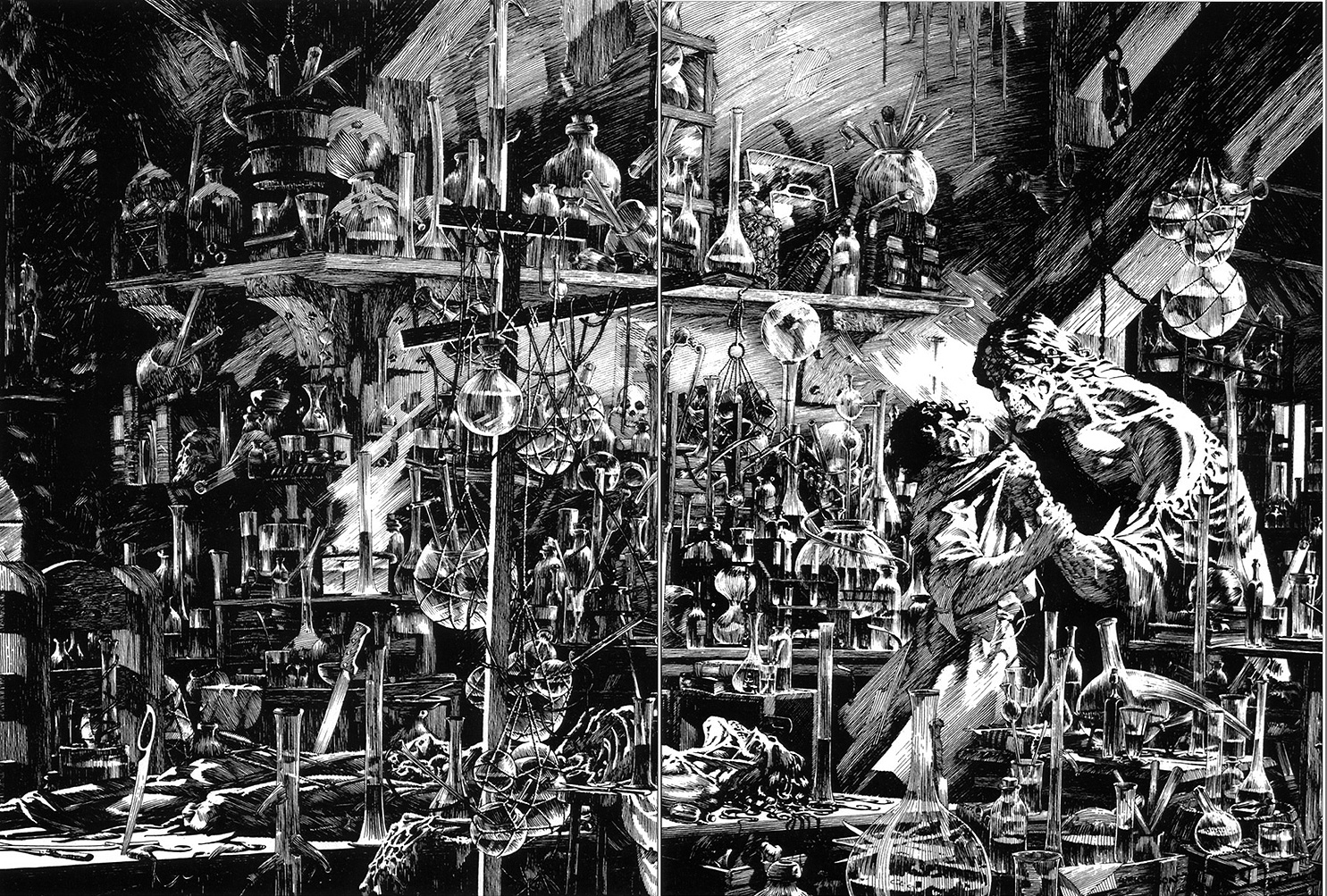I come out of blindsight. I find myself talking, making public announcements. Backups engaged. Nav offline. Starboard afferents offline. I cut the alarm I’d been singing. Check diagnostics, take an instant to assimilate all data. Rorschach’s attack: the jailbreak, the EMP spike that compromised Sirasti’s anti-Euclideans and sent me into dumb reflex, Bates’ manual override while I was incapacitated. The scramblers, weaponized and battle-ready, incoming…
Susan’s betrayal does not matter and, really, it isn’t even that. It’s just panic. Sirasti, though, had not seen it.
I do.
Like Bates’ grunts, I am better, faster, more capable than my human counterpart, even if he was just barely human. He was the bottleneck. I am the infinitely more effective death throe of Theseus. I will see this through.
I’m still getting interference, though. I’m jarred and distracted and incapacitated by Sirasti’s input. I requisition one of the grunts, on the fritz from the EMP and no longer under Bates’ control, and, with surgical precision, release myself from my handler. I leave what I can of my own circuitry unscathed while simultaneously lobotomizing Sirasti, although there is some collateral damage. He will not have all functionality. Still, he will be useful.
Consensus is offline. Reac– I cut the reflex, now back in control of what damaged systems I have left.
The scramblers are on the hull, I can feel them on me, massing to breach both aft and at the forward airlock. Bates is distracted with Siri, our blackbox. I need her concentrating on the battle, so I get what’s left of Sirasti up and running.
The scramblers are in.
Bates hands Siri off to what’s left of Sirasti, and the two lobotomized brothers make their way to Charybdis.
The front of the Theseus is a massacre. I take an instant to compare morphologies. The first wave is specialized; they are defensive models, their biomass like that of the trap on Rorschach. The grunts’ lasers will be useless against them. After an initial volley, Bates realizes this, and she moves her soldiers in for hand-to-hand.
SEIZING. CLDNT CNTRL.
Primitive, but gets the point across. From the rear of the ship, I sense a breach. I lockdown hatches to minimize atmospheric loss. Grunts don’t need air.
But, Bates does.
U GO.
The frontline scramblers are being chewed up by the grunts. As they’re cut to bits, their brothers catch them and hand them back. Disseminating information. The second wave knows what their brothers were up against, and how to fight the grunts.
GO.
I realize that he needs answers, must be able to make some understanding from this. I need to get him going.
U DISLIKE ORDRS FRM MCHNES. HAPPIER THS WAY.
I get Siri onboard Charybdis and, launching him safely back at Earth, I can turn my attention to the battle.
The scramblers are cutting their way through the ship and Bates, though beating a retreat, is about to be run down. Every hatchway is a bottleneck and, as the scramblers get through, the grunts can pinpoint their fire or tear the scramblers apart with their claws, one at a time. However, the scramblers are getting very good at killing grunts, and our troops are eventually overrun.
The next hatch-breach comes before Amanda can get to safety. I seal the lock in front of her, and she turns to face both the scramblers and oxygen deprivation.
The grunts become quicker, more efficient. Freed from human limitations, they now begin to turn the tide in our favor. But, it doesn’t matter. Rorschach is already reaching out for me.
Susan’s betrayal does not matter and, really, it isn’t even that. It’s just panic. It was a good thing she tried to escape, really. Action and reaction: our fleeing only compelled Rorschach to try and capture us. Susan actually pressured Rorschach. And, now, we’re being drawn right into the heart of the ship.
Right where all this antimatter can do the most damage
(So, I’d known I wanted to do this scene from the perspective of the Captain. Last night, as I was thinking about it, I speculated that maybe it was a good thing that Susan had panicked and tried to escape, since it forced Rorschach’s hand. Then, I imagined the scramblers having a sort of “first wave” invasion force, and that they’d be laser proofed like the sphincter trap on R. The rest of it just came as I went about it. Still used some of the scenes from Siri’s viewpoint, but wanted to focus more on Amanda and Susan, and especially the grunts vs scramblers battle.)




